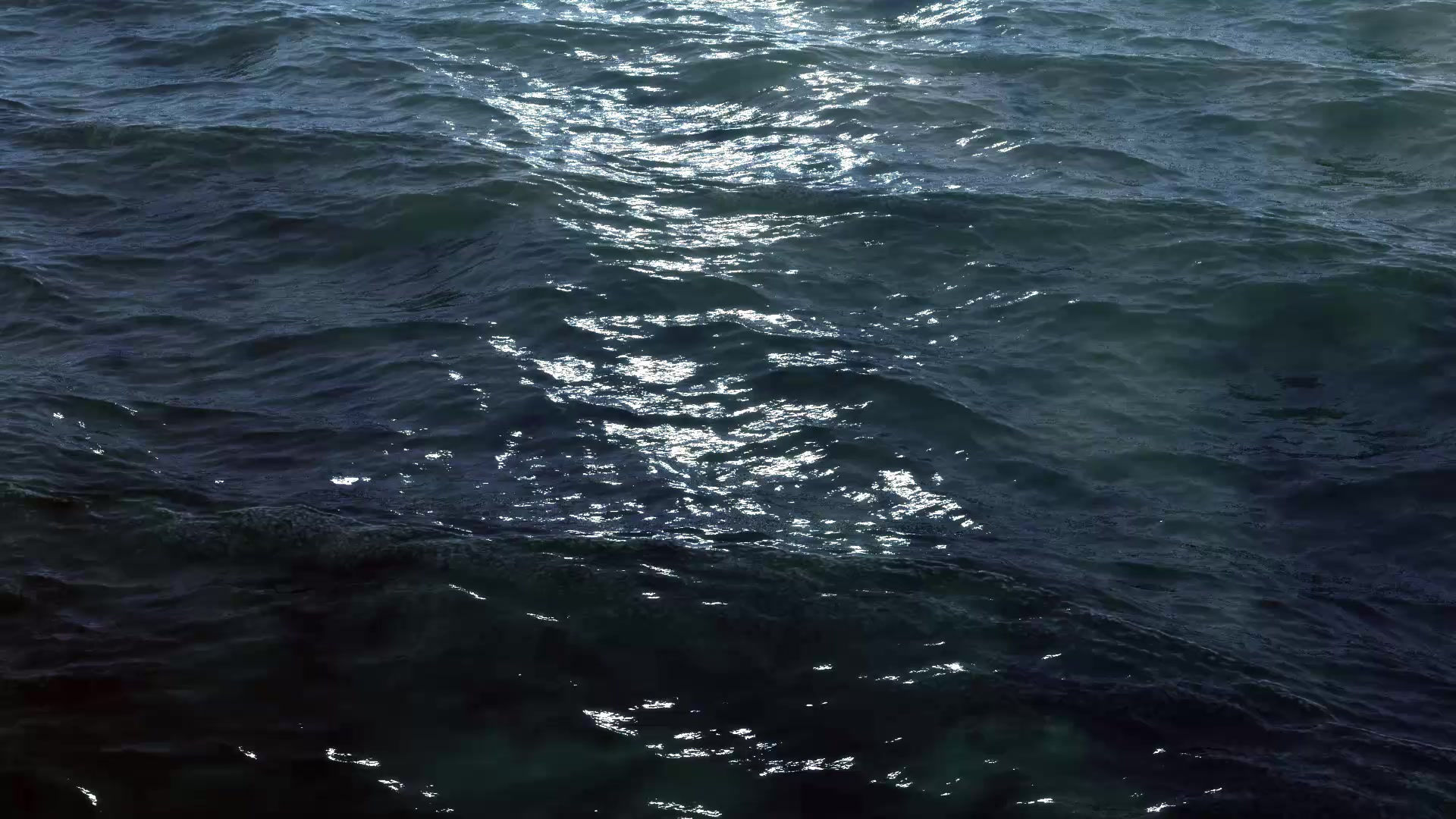
.jpg)
HMS Sparrowhawk
Friends of
HMS Sparrowhawk and The Battle of Jutland
The Battle of Jutland was the greatest big-gun naval battle of all time. In less than a day the lives of nearly 9000 RN and Kaiserliche Marine (Imperial German Navy) sailors were lost. This is one of the greatest concentrations of death in maritime history.
An excellent documentary giving the blow-by-blow story of the battle, narrated by Nick Jellicoe the Grandson of the RN Fleet Commander, is below.
https://www.youtube.com/watch?v=U_UryFjKUsM
The Battle took place off the west coast of Denmark. HMS Sparrowhawk's part of the Jutland story started about 1130pm on the 31st May with the terror ending about 6am on the 1st June 1916.
Why Was the Night Action So Remarkable?
The RN big ships should have performed better during the big ship day action. The RN officers and men expected to win and they had most of the advantages. Our part of the Jutland story is completely different. HMS Sparrowhawk was a Acasta-Class destroyer and displaced less than 1000 tons. She, and 4 other destroyers attacked 5 German battleships and cruisers displacing upto 20,000 tons. Destroyers at this time were small ships whose main armament in fleet actions was the torpedo. A torpedo could be lethal to the largest of war ships but they needed to get close, within a mile or so, in order to hit the floating fortresses that was a WW1 battleship. Torpedoes could take several minutes to hit their target and once fired the little destroyers had little or no reloads and usually made smoke and left at full speed. They had to survive a hail of gunfire to close the range with only speed as their defence. The German battleships and cruisers could destroy the likes of HMS Sparrowhawk at over 15 miles with their guns and carried enough ammunition to fire thousands of projectiles. The attack by elements of the RN 4th Destroyer Flotilla was a suicide mission and the crews knew it. It must have been a daunting thought and a terrifying experience. I still find it difficult to come to terms with the fact that my Grandfather, Stoker Petty Officer (on elastic) John Charles Rattley DSM, was present during all this mental and physical violence. I find it bewildering that a quarter of my essence comes from. To be honest I feel very special and I wonder if I could have held it together like he or, 20 odd years later, 2 of his sons did at Dunkerque and D-Day.
The Imperial War Museum's own Jutland website describes the night action thus,
"Despite these fleeting encounters, the night was largely dull and monotonous for most men".
This maybe true for the men manning the big ships at Jutland. For my Grandfather, a PO Stoker on board HMS Sparrowhawk this was not so true. A careless remark at best but it does reinforce the point that this is an overlooked part of the Battle of Jutland and this humble website aims to dispell that myth.
There may be an argument that the initial luke-warm reaction to the battle that blunted the praise for the RN victory put all but the big ship action out of the public consciousness. It is interesting to note that during the Second World War, at the Battle Off Semar (25th Oct 1944), a similar David ("without a slingshot") and Goliath struggle occurred between a handful of light ships and a Japanese Battleship squadron that contained the Yamato. Lt. Cmdr. Ernest E Evans USN, CO of the Fletcher Class destroyer USS Johnston, received a posthumous Medal of Honor (a US VC) for fending off the Japs and it is quite rightly regarded as one of the great US naval actions of all time. The action involving the RN 4th Destroyer Flotilla may not be as fanatical but, especially for a close relative of a participant, is as remarkable.
An attempt to highlight the actions of these little ships was made by Rudyard Kipling circa 1920. He was told the story sometime after the war and want to publicise this David (Kaiserliche Marine) and Goliath (RN) fight and get the recognition the brave crews deserve. His words are here. All of it is a good read but our part starts down the page at Narrative of the Navigating Officer of H.M.S. “Broke”. Half-flotilla Leader of “Tipperary’s” Flotilla.
The story Kipling recites comes from first hand testimony and, for those who like to read from a book, the complete testimony of those there was documented by H W Fawcett and G W W Hooper in the book The Fighting at Jutland. There are 2 versions of this book, the short and the long. Chapter XVI deals with HMS Sparrowhawk although the preceding chapter sets the scene. The long version (60 first hand accounts of the battle) can be found here.
This site hopes to bring the decedents of HMS Sparrowhawk together. Whilst the historical record details what the ships did (and I leave that to them) the relatives may know what the men did and what they were thinking and who their friends were. If you have any knowledge of the story I would like to host it here on this little site. The crew members of these small warships upheld the highest traditions of the Royal Navy and if you have a relative from HMS Sparrowhawk you are members of a very exclusive club. In these days of Internet trolls etc. it may be difficult to make yourself known but I want to try offer a small space on the Web dedicated to the magnificent story of HMS Sparrowhawk. If you can contribute I would be most grateful. What I know of my grandfathers story will be posted on this site.
We will remember them.










